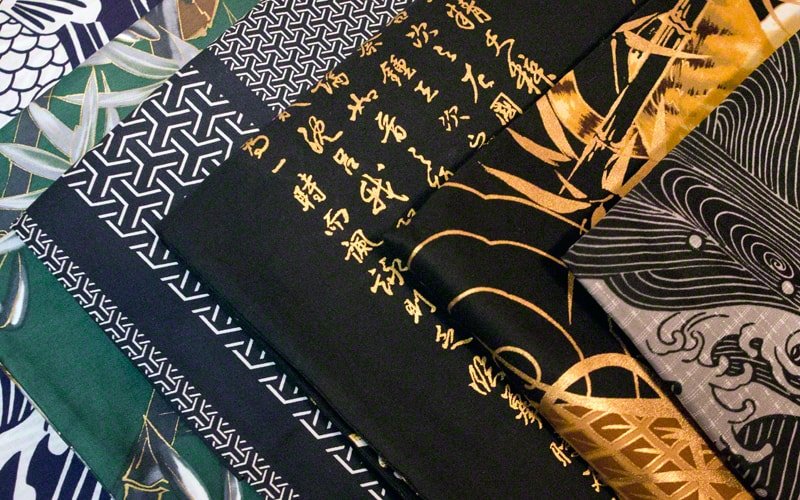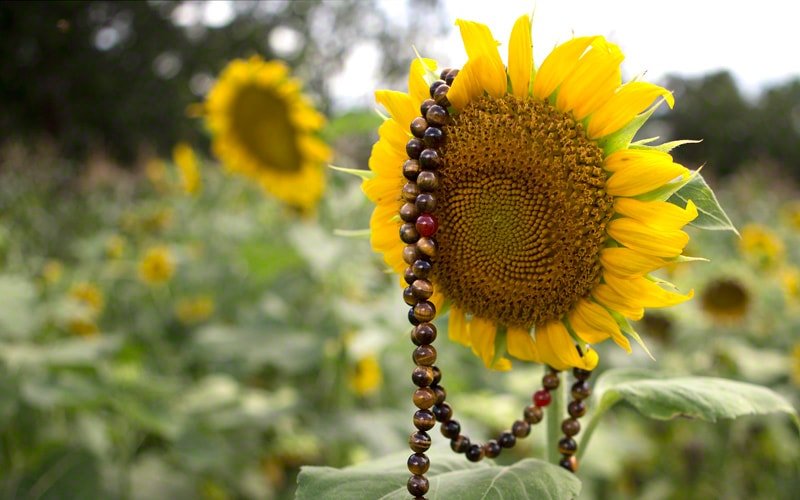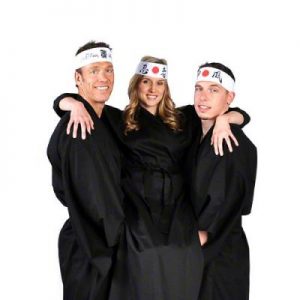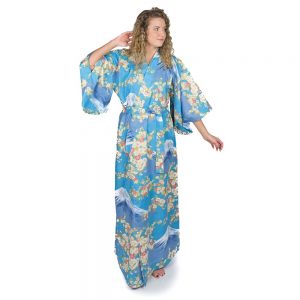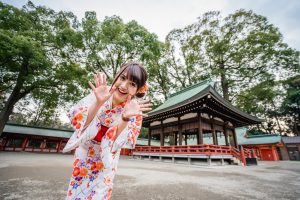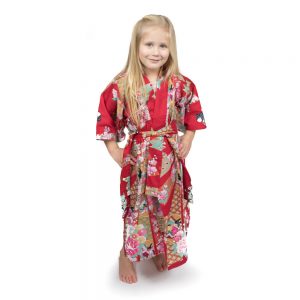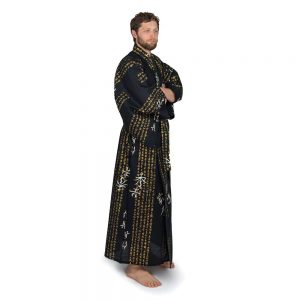For martial artists, Japanese culture enthusiasts, and fashion-forward individuals, Japanese headbands—commonly known as hachimaki—are not just accessories. These traditional headbands carry deep cultural significance and a rich history while making a bold visual statement. Whether you’re practicing martial arts, paying homage to Japanese traditions, or incorporating Japanese aesthetics into your wardrobe, hachimaki are a striking emblem of determination, spirit, and style.
What Are Hachimaki?
A hachimaki is a simple yet symbolic headband, traditionally made of cotton fabric. Its origins trace back centuries in Japan, where it was worn by samurai, laborers, and even students preparing for exams. Today, hachimaki are more than just a practical accessory; they are steeped in meaning, often representing perseverance, effort, and unity.
The Symbolism Behind Hachimaki
Hachimaki designs are often printed with powerful symbols, colors, or Japanese phrases. Each design carries unique significance, making it more than a decorative item.
Common Designs and Their Meanings
- Sun Motif (Hinomaru): Represents the Japanese flag and symbolizes hope and national pride.
- “Kamikaze” (Divine Wind): Often linked to bravery and determination. While historically tied to Japan’s WWII kamikaze pilots, it is now seen as a broader representation of courage.
- **”Kindred Spirit”*: Ideal for group solidarity, often worn by sports teams, martial artists, or event participants.
The colors also serve symbolic purposes. Solid red hachimaki indicate passion and strength, while white embodies purity and focus.
Who Wears Japanese Headbands?
Hachimaki are versatile and unisex, worn by both men and women. Martial artists frequently wear them during tournaments, ceremonies, or rigorous training sessions as a means to channel their focus and strength. Additionally, performers and athletes wear hachimaki for displays of energy and determination.
They are not limited to martial arts, though! Hachimaki often appears in cultural festivals, parades, and even academic settings, where students wear them to signify diligence and concentration.
Wearing Hachimaki With Kimono and Martial Arts Uniforms
While hachimaki can complement kimono during performances or festivals, they are more commonly paired with martial arts uniforms such as gi or hakama. Their blend of functionality and symbolism makes hachimaki an integral part of martial arts fashion. For some, wearing a hachimaki during practice is like carrying the spirit of the samurai.
Modern Fashion Meets Tradition
Hachimaki are not only rooted in tradition—they’ve also found their way into modern fashion. With their bold designs and historical appeal, hachimaki have been embraced by fashion enthusiasts looking to infuse their style with Japanese flair. Solid colors or graphic motifs can be styled with casual or edgy outfits for a unique look.
How To Choose Your Hachimaki
When selecting your hachimaki, consider these factors:
- Purpose: Choose a design that matches your intent—be it for martial arts, cultural celebrations, or everyday fashion.
- Design: Opt for calligraphy messages, symbolic prints, or minimalist solid colors.
- Material: Look for durable cotton to ensure both comfort and longevity.
The Spirit of the Hachimaki
At its core, the hachimaki is not just a piece of fabric—it’s an emblem of determination, unity, and cultural pride. From martial artists aiming to harness their inner strength to fashion enthusiasts exploring the depth of Japanese culture, hachimaki offers both function and meaning.
Looking for the perfect hachimaki to start your collection or elevate your style? Share your favorite hachimaki designs on our social media pages, Facebook, Instagram, or X. Shop and explore authentic ones from various cultural shops and martial arts suppliers. Whether you’re a Japanese lover, a budding martial artist, or someone with a keen eye for fashion, the hachimaki is a timeless accessory that bridges tradition and modernity.

